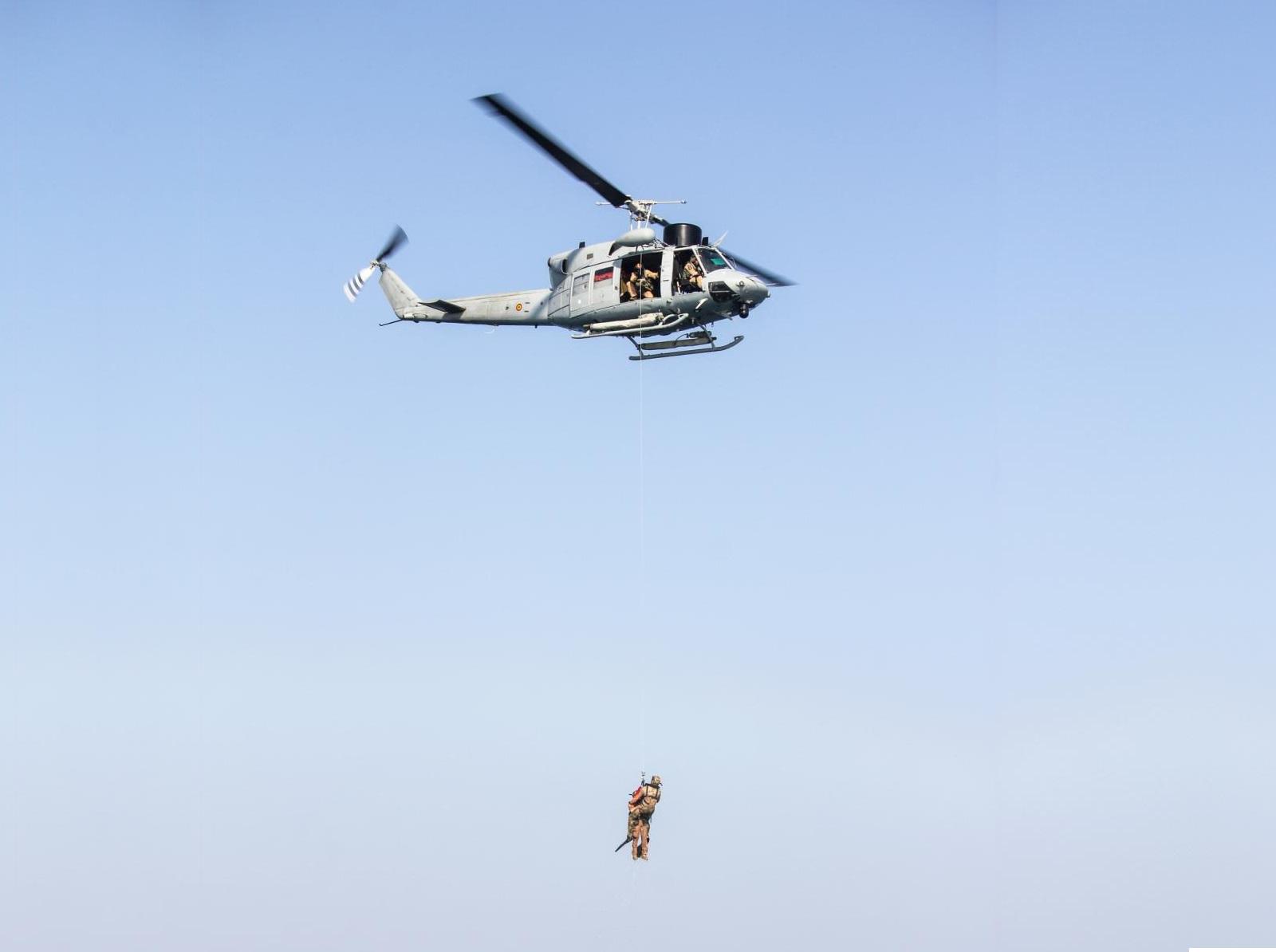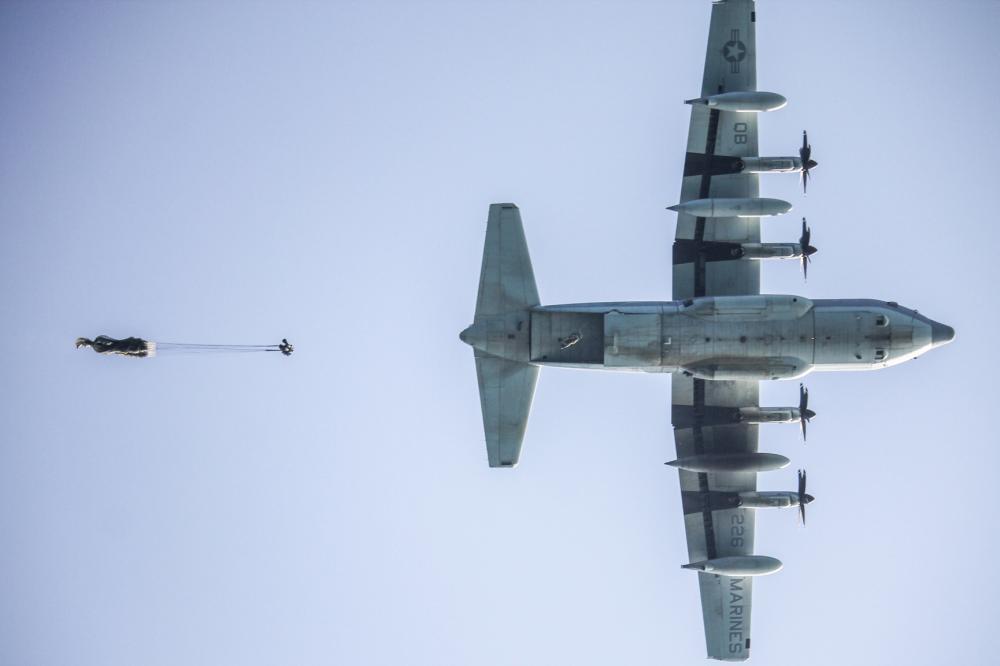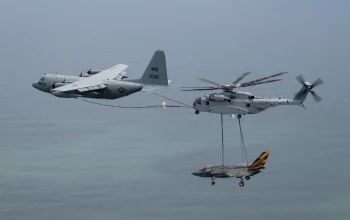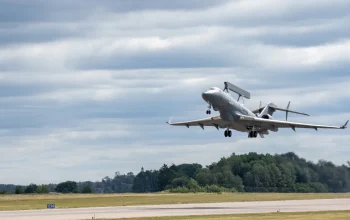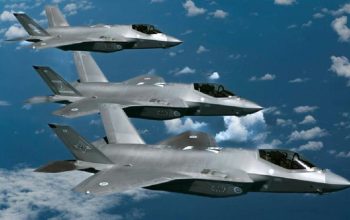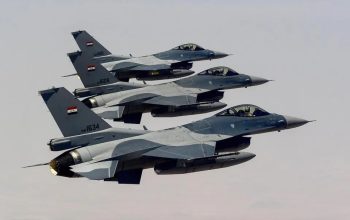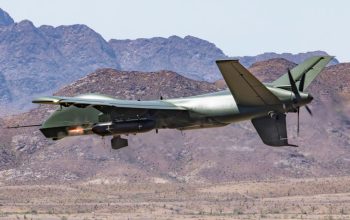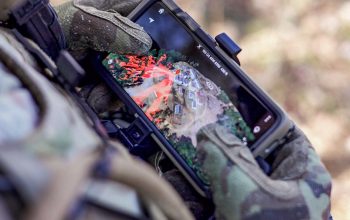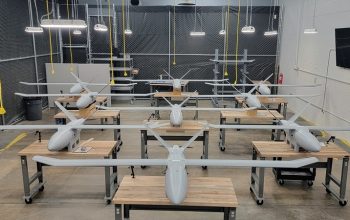On Dec. 3, 2021, U.S. and Spanish forces conducted exercise Bull Shark, a water rescue training that strengthened their combined ability to operate as highly-effective teams and demonstrated their current operational capabilities. The Warfighter Recovery Network is an initiative built on a cooperative effort between U.S. and partner nations’ military assets and capabilities working in concert to create a robust personnel recovery and casualty evacuation mission in Africa. During the exercise, several personnel were stranded off the coast of Djibouti in the Gulf of Aden, calling the Warfighter Recovery Network into action.
“It is vital to train together,” said Spanish Rear Adm. Alejandro Cuerda Lorenzo, force commander of European Union Naval Forces – Somalia. “Exercise Bull Shark is a demonstration of the growing partnership between the Spanish and U.S that increasingly secures the safety of our people. It is a privilege to work alongside the Combined Joint Task Force – Horn of Africa and I look forward to many more mission-enhancing exercises.”
“The WRN can come together and save a life in the most remote places, when needed most,” said U.S. Air Force Master Sgt. Trevor Clark, 82nd Expeditionary Rescue Squadron pararescueman.
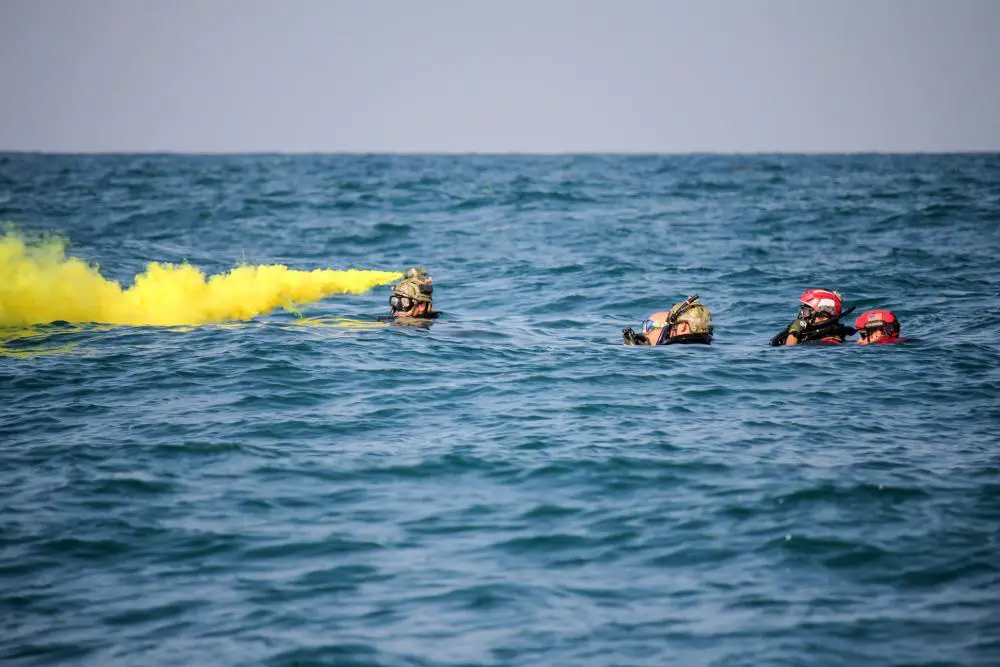
Djibouti is a strategically important partner in the Warfighter Recovery Network, and as a host nation, allows for much quicker access to other countries in the region. The exercise’s training emergency required a two-part mission: a rescue from imminent danger, and then extraction of rescued personnel to a higher echelon of care. The first part was particularly time sensitive. To get support elements on location as quickly as possible, a U.S. KC-130J Super Hercules cargo aircraft with the Combined Joint Task Force – Horn of Africa deployed with pararescuemen who jumped out of the KC-130J into the Gulf of Aden.
Once in the water, the pararescuemen secured stranded personnel in a raft and provided initial medical treatment until extraction. Part two began moments later with the arrival of a Spanish Navy AB-212 helicopter. Spanish crewmembers then lowered a rope to the pararescuemen to hoist them up along with recovered personnel. Together they provided safe extraction and continued medical care while in transit. Personnel recovery missions can be extremely complex, so training exercises that replicate the intensity and time-sensitive nature of real-world response can help identify areas for improvement.
